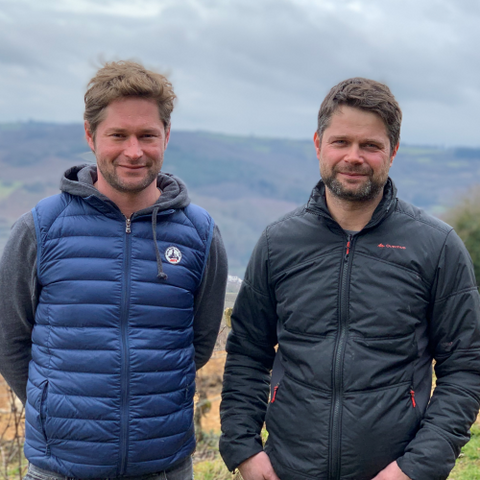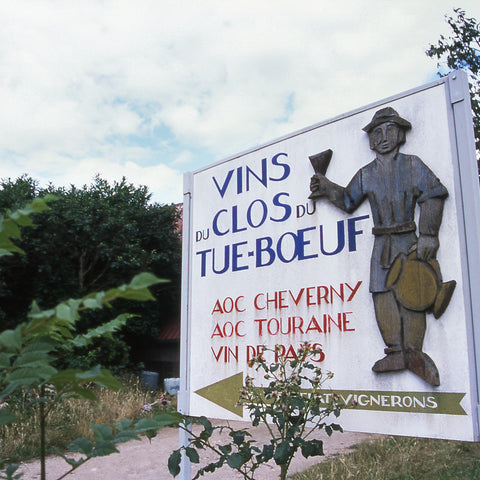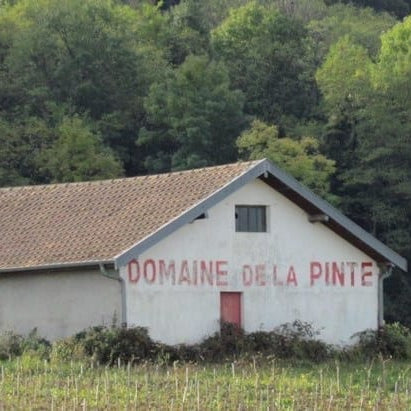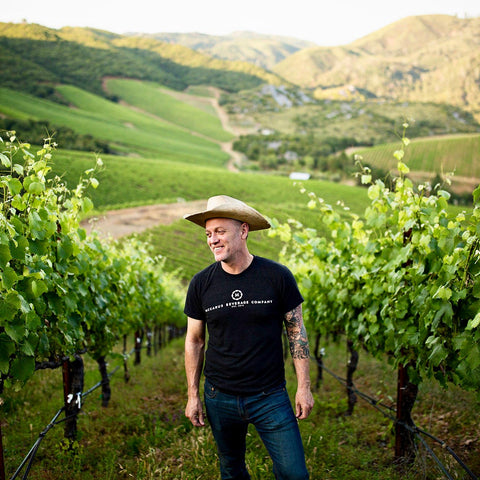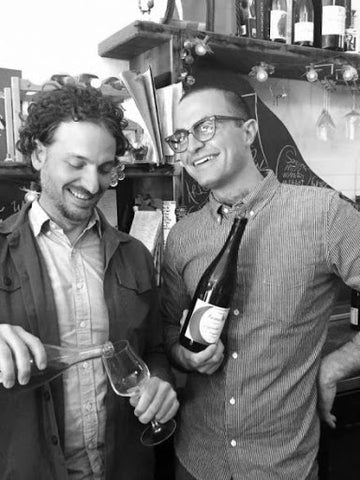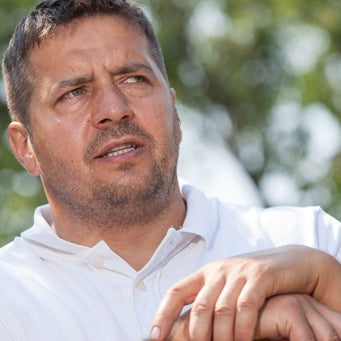Ewald Tscheppe took over his family farm and winery in Styria, Austria at age 26. In the years since then he has produced some of the region’s most fascinating wines. Ewald makes some of the most compelling white wines in the world.
The Biodynamic farm is about 18 hectares, with 12.5 planted to vineyards. The remaining land is forest, pasture, gardens and rolling hills with incredible views. Styria is covered in incredibly steep hillsides that are so steep tractor work is not possible in many parts. As a result, Ewald does all of his vineyard work by hand. The region rests on the same latitude as the Jura and shares some of its soil types like Limestone and Marl as well as Chardonnay biotypes (often called Morillon there).
Ewald’s generation of winegrowers includes people like his brother Andreas Tscheppe, Gut Oggau, Judith Beck, Christian Tschida, Claus Preisinger and Franz Weninger. They are the second wave of growers pushing biodynamic agriculture in the area but they are the some of the first to bring these ideas into the wineries and produce natural wines.
Ewald only works with white grapes, predominantly Sauvignon Blanc and Morillon that are planted over Opok and heavy clay. The vineyards are split up and picked depending on how much Opok is exposed, which is a kind of Grey Marl, not unlike limestone. The vineyard is split into many parcels, but it is really one continuous hill with variation in aspect and slope. Some parts are so steep that when you put your picking box on the ground during harvest, it just slides down the hill.
The single varietal “Vom Opok” wines come from the bottom of the hill, around 300m above sea level. Ewald uses Welschriesling, Sauvignon Blanc and Morillon (a Chardonnay biotype) for these wines and they are typically more open and giving in their youth than his other wines. Despite this, they have an incredible capacity to age. These wines are all direct pressed and go into barrel for about 18 months.
Ex Vero II comes mainly from the middle slope which has a more even mixture of both Opok and clay. Ex Vero III is the mostly from the highest points at the top of the hill with the most exposed pure bedrock. However there are mid slope parts that go into both I and III and more flat parts at the bottom that go into III as well. The wines are really divided by soil type, not slope or elevation.
Ewald also makes two orange wines. These skin Fermented wines are either destemmed (Gluck, Ex Vero II fruit) or fermented in whole clusters (Freude. Ex Vero III fruit). Generally skin ferments go for the length of alcoholic fermentation plus some time, usually 5-6 weeks.
Grapes are harvested by hand and brought to the winery for a slow pressing which typically takes place over night. Fermentation is with natural yeast and elevage is in large barrels and Austrian Foudres. Wines are all aged for a minimum of 18 months but many for up to 3 years before being bottled unfltered. For the most part wines are made without sulfur at all, though Ewald takes a pragmatic approach in the cellar.
These are deep, complex, and soulful wines that age for many years and benefit from oxygen when opened.






